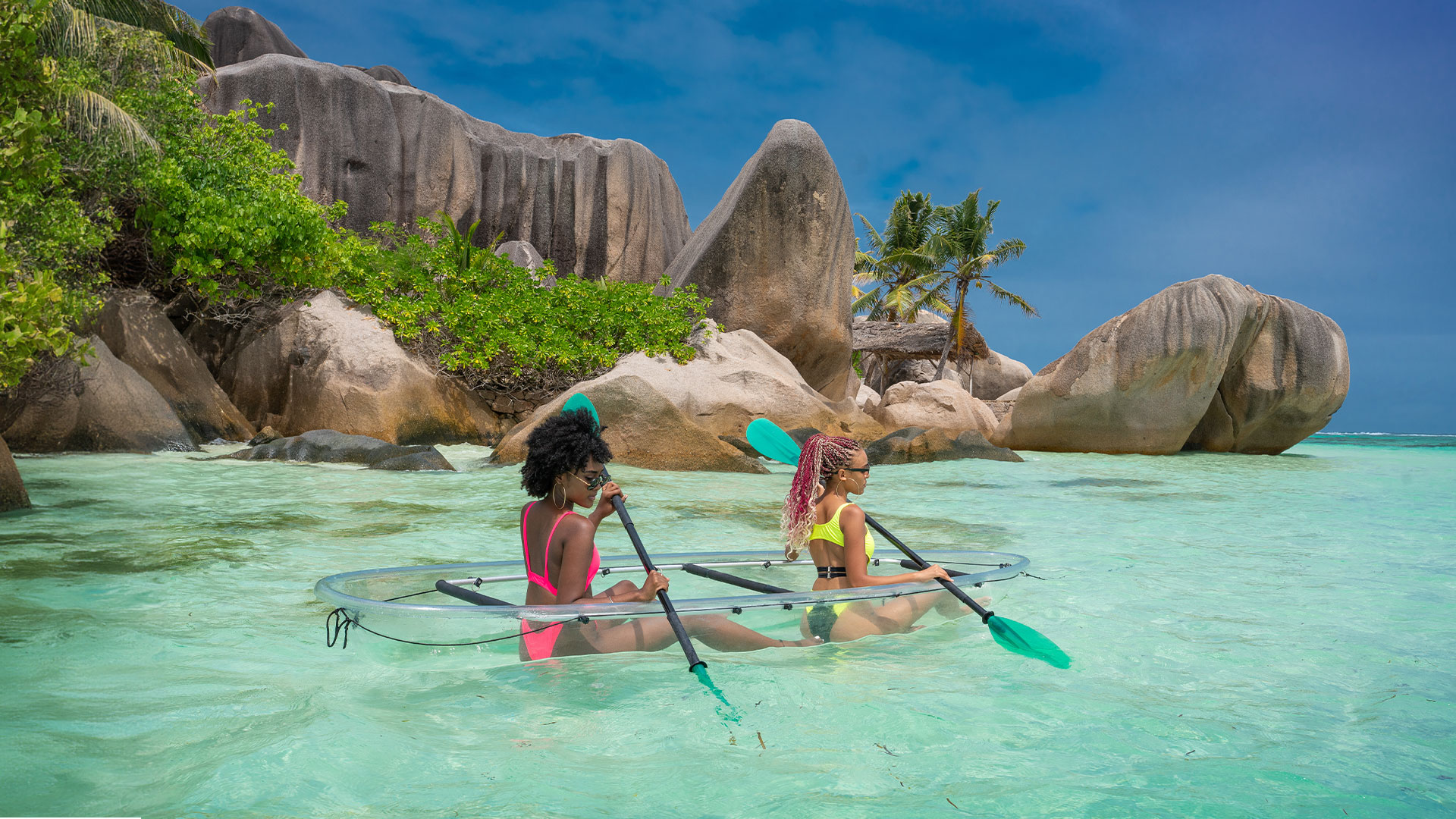The world’s best beaches, lush tropical vegetation, great cuisine and friendly, fun-loving people are just some of the charms of the beguiling islands in the Indian Ocean known as the Seychelles. The East African island nation comprises 115 isles scattered like sapphires and emeralds to form a multifaceted archipelago that represents an unforgettable experience for holidaymakers and honeymooners.
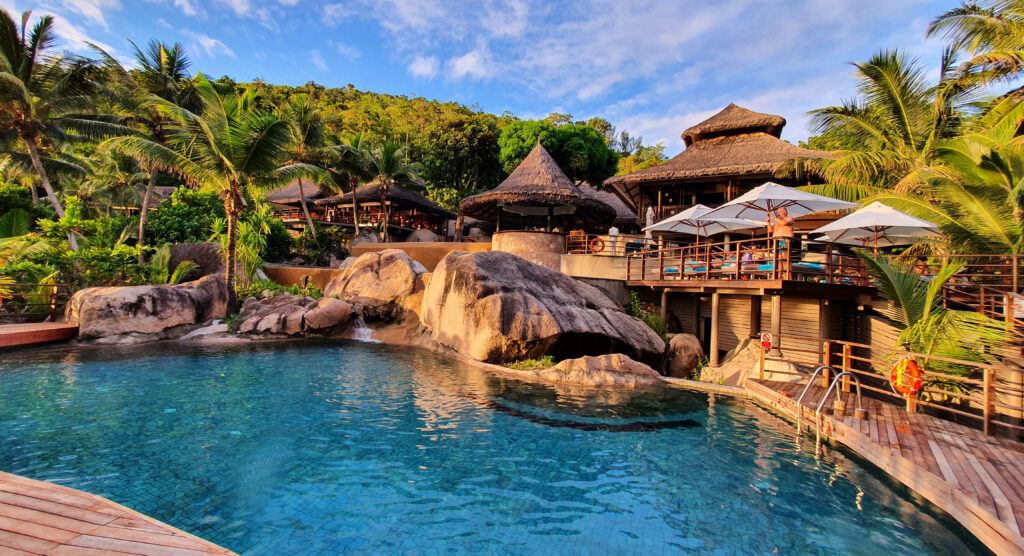
The main, populated islands lie a few degrees south of the equator and rise from shallow banks to mountainous granite; others are tiny coral formations. They have a tropical climate with consistent temperatures throughout the year that seldom rise above 32⁰C. The months from May to October are perhaps the most pleasant time to visit, although there can be occasional southeasterly monsoon rains.
Creole charm
About 100,000 people inhabit Seychelles, a presidential republic which became independent from the United Kingdom in 1976. Given that there is no indigenous population, Seychellois form a diverse ethnic mix of immigrants comprising French, British, African and Arab influences. The official languages are English, French and Creole, the latter being a combination of local languages mixed with the tongue of the colonial masters. The Creole spoken is Seselwa – a hybrid tongue that borrows French phonetics and syntax from its former overlords; Britain annexed the territory in 1794 during the French Revolutionary Wars. Tourism is now the mainstay of the economy.
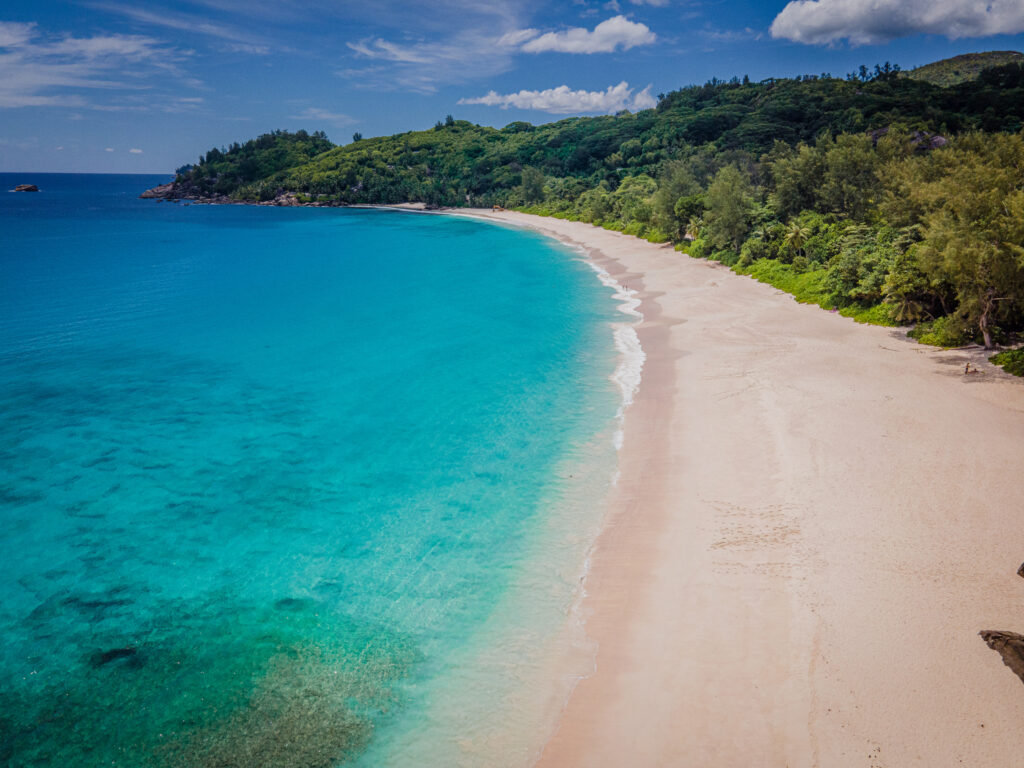
Each island has its own allure, and limiting a visit to just one would be a mistake The best option is hopping among the inner isles. Travel companies are on hand to facilitate such itineraries; many of the ships plying between the islands are agile sailing boats or traditional schooners that take a maximum of 16 passengers.
Wildlife haven
Above all, the islands are a blaze of colour and a botanical feast, spawning unique flora and fauna particularly reptiles and birds. Much of Seychelles’ natural beauty has been carefully preserved and there are many protected areas.
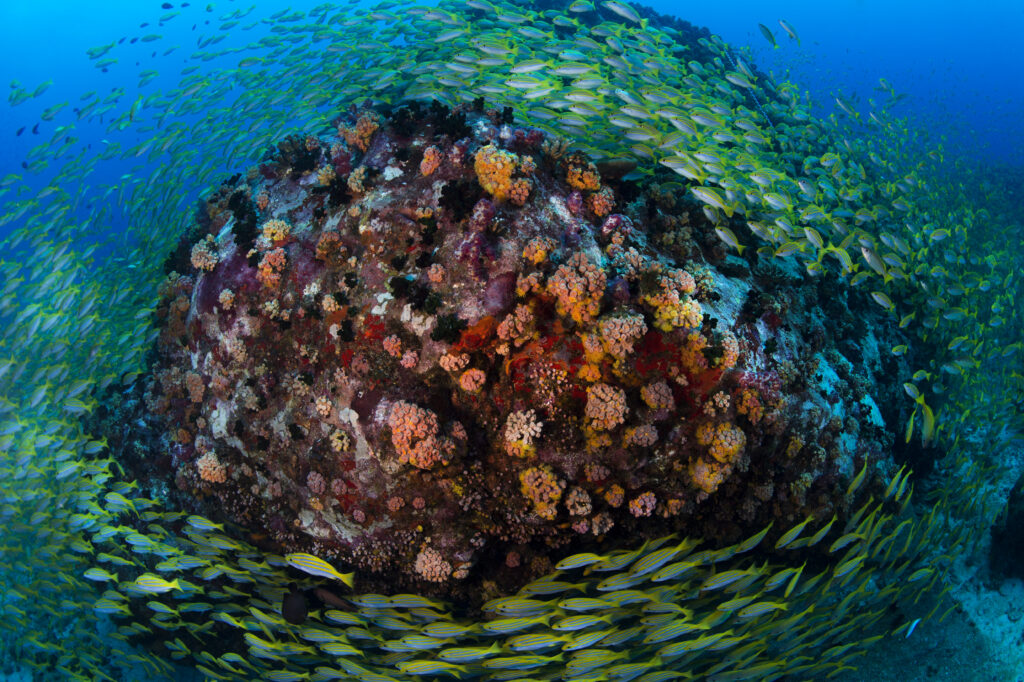
Native to Seychelles is the magnificent coco de mer tree, whose seed (the sea coconut) is the largest in the botanical world. The trunk populates the densest of forests, while the nut itself can weigh up to 30 kilograms and its erotic shape has made it the fruit of folklore.
Another highlight is the number of giant tortoises, estimated to be about 100,000-strong, with many living on the World Heritage Site of Aldabra, the world’s second-largest coral atoll. They can also be spotted on Frégate Island, and Moyenne Island in the Sainte Anne Marine National Park. An Aldabra giant tortoise called Esmeralda, which roams around Bird Island, is thought to be more than 180 years old.
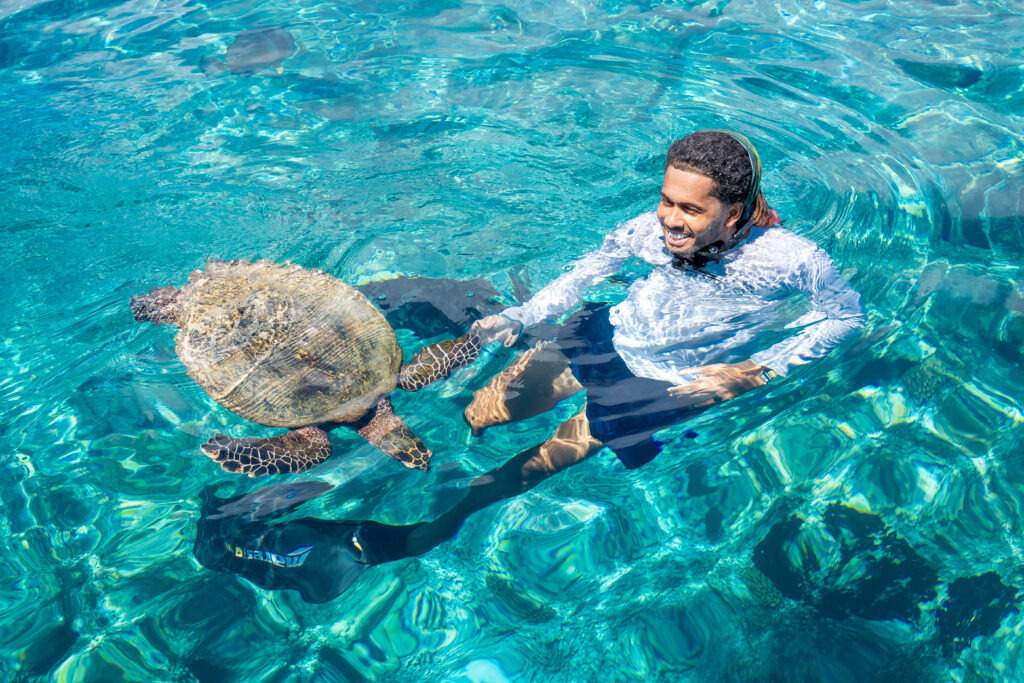
Amazing exotic birds such as the white tern, paradise flycatcher and Aldabra drongo, a beautiful songbird, can be glimpsed on many of the islands.
Tropical diversity
The islands are covered in dense tropical forests of amazing diversity, especially at the higher elevations, and are home to many ornamental plants that cannot be found anywhere else in the world. For instance, the aromatic Seychelles vanilla orchid is blessed with large white flowers and is unique to the islands. Coconut and cinnamon trees, as well as spice plants, add to this fragrant botanical playground.
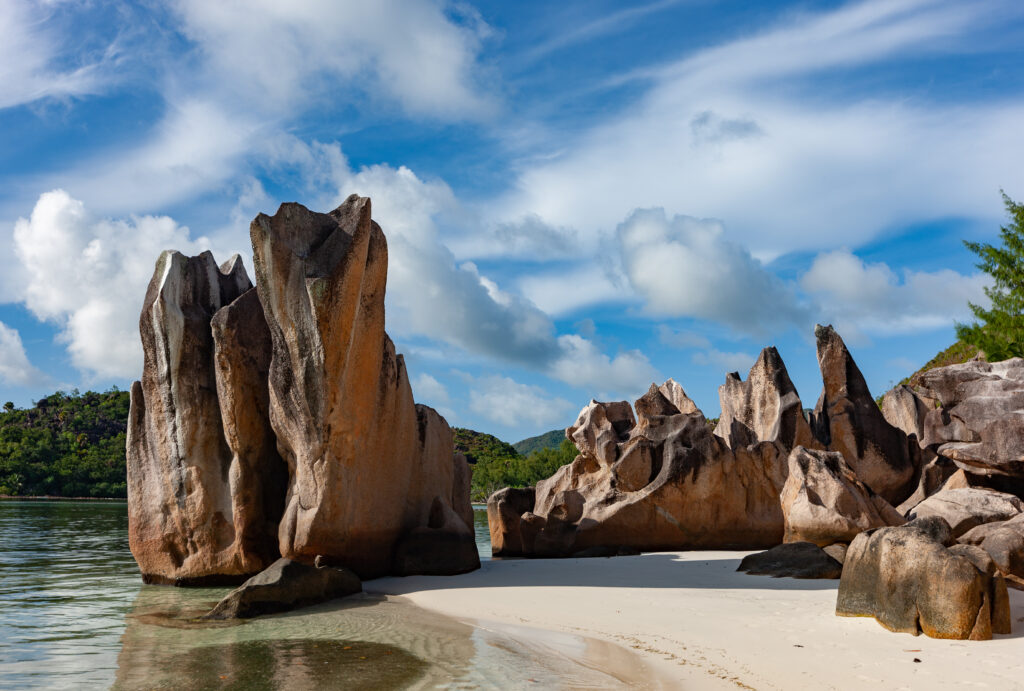
Areas of natural beauty abound, including the Morne Seychellois National Park on the largest island, Mahé. The Sainte Anne Marine National Park is just five kilometres offshore and is the spawning ground for hawksbill sea turtles; its bountiful aquatic creatures and diverse seagrasses also draw sightseers. The Curieuse National Park off the coast of Praslin is also rich in ocean life.
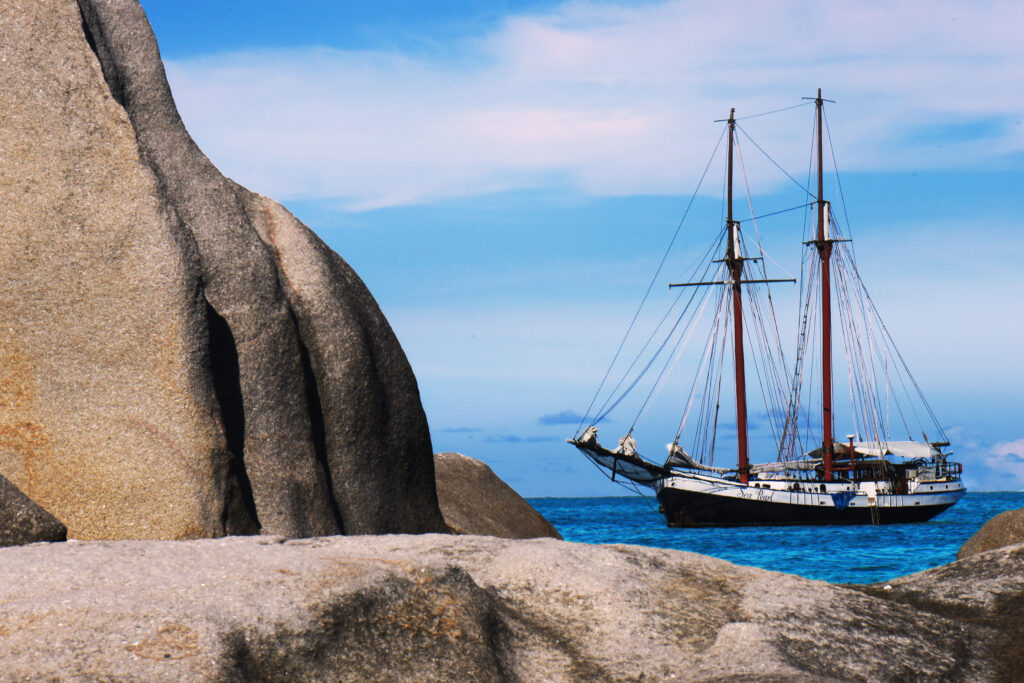
Ultimately, Seychelles offers many outdoor activities centred around birdwatching, fishing, diving, snorkelling and cruising. Glass-bottomed boat tours are an option.
Honeymoon isles
Some of the islands serve as exclusive resorts. Most notably, the world-famous eco-resort – considered the ultimate in luxury in the midst of unspoilt nature – that attracts wealthy tourists to North Island. One of a handful of privately owned Seychelles islands, this was the honeymoon destination of Prince William and Kate Middleton, who surely took advantage of its environmental credentials and various activities, from mountain biking to paddle boarding. Opened in 2003, the North Island Marriott Luxury Collection Resort boasts a range of splendid bungalows secluded along the beach and coastline, each shielded within their own private enclave from spying eyes. Guests can tap into the valuable insights of expert researchers about nature conservation on the island.
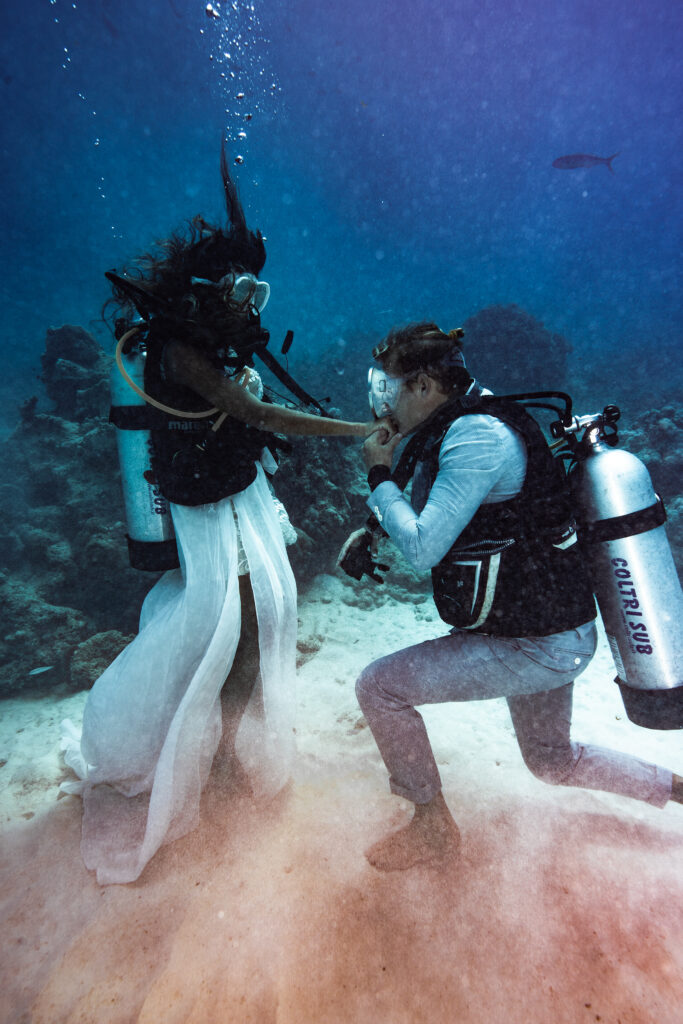
North Island was the first in the Seychelles to be explored by Europeans in 1609. It soon became a suitable hideout for pirates who made use of its many coves and caves dotted along the coast. Settlers made their living out of coconut plantations and harvesting other fruit. When this industry collapsed, the island was abandoned and much of the wildlife died out.
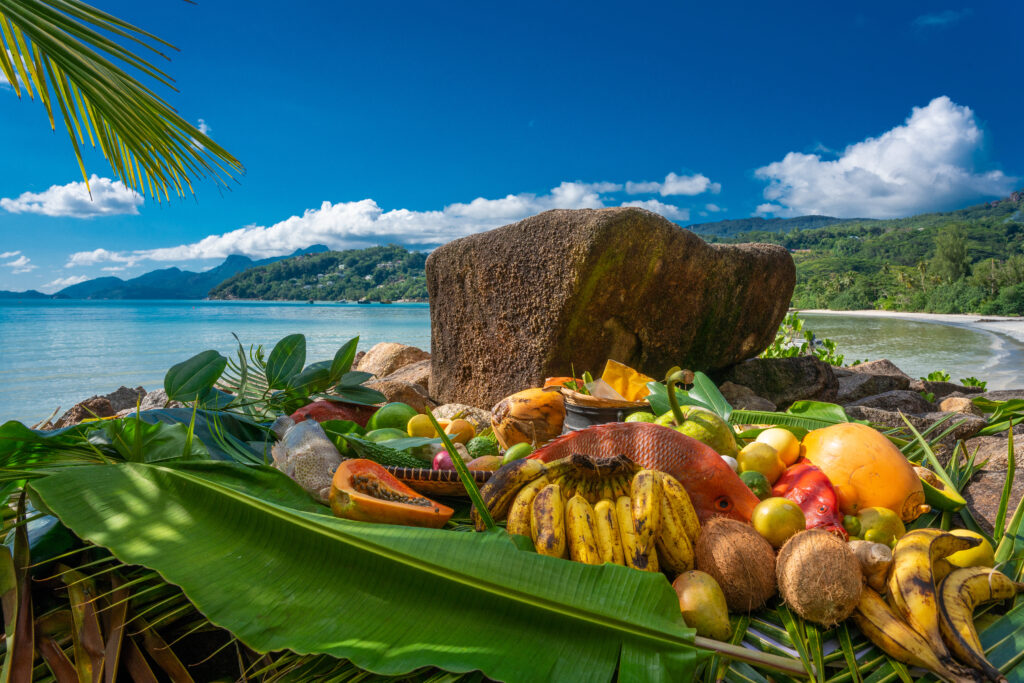
In the mid-1990s, private investment enabled the restoration of its natural habitat. Indigenous animal and bird populations have once again settled here and are thriving on an island which is one of the most fertile in the archipelago. Such was its beauty that Victorian biologist and artist Marianne North, known for her prolific output of plant and landscape paintings, stopped off here during her many travels to ink out on canvas its natural wonders.
Other Seychelles’ private island getaways favoured by the rich and famous as honeymoon destinations are Desroches (home to the Four Seasons), Denis, Cousine and Frégate Island Private.
Mahé magic
By far the largest island in the Seychelles is Mahé, full of palm trees, unspoilt beaches and the nation’s capital, Victoria, a peaceful urban retreat in the north. The Morne Seychellois peak, situated southwest of the capital and rising to a height of 905 metres, is just one of the picturesque lofty mountains often atmospherically shrouded by mist. Mahé is dotted with luxury resorts, and to the south, at Anse Intendance, lies one of the most breathtaking bays in the world.
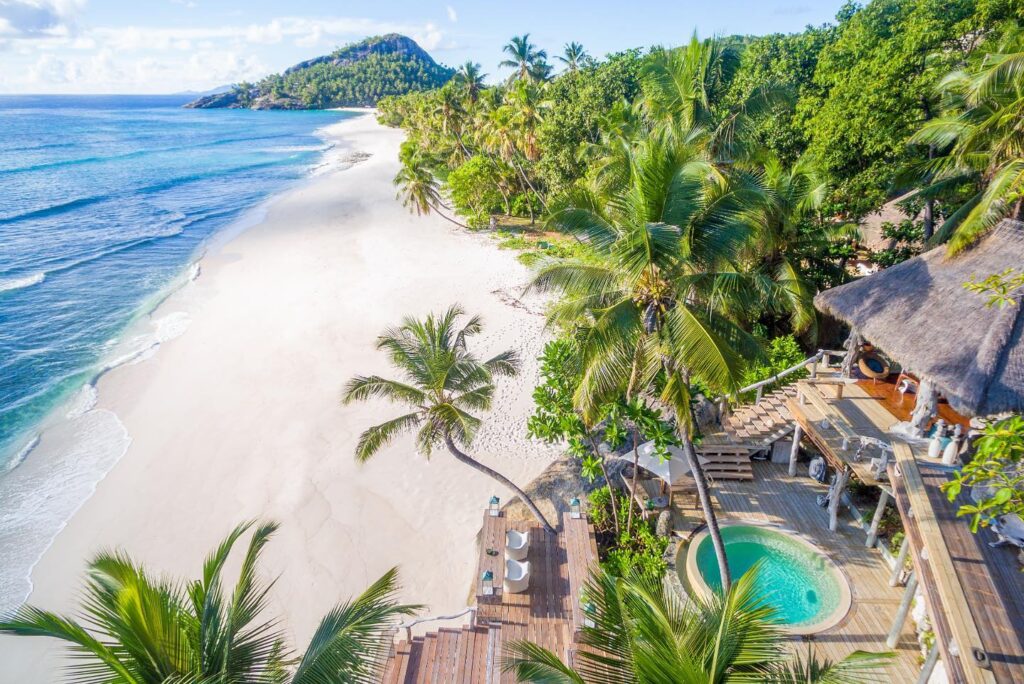
Victoria is a tiny capital by modern standards, but there are plenty of attractions to keep the visitor occupied. Architecturally, the famous Victoria Clock Tower – constructed in 1903 and known as Little Big Ben – stands in the centre. The imposing Cathedral of Our Lady of Immaculate Conception is built in French colonial style, while not far off is the splendid Capuchin House.
Seafood and soufflé
Seychelles cuisine is appealingly fresh and down to earth. Fish dishes are the mainstay, with lobster, crab and crayfish usually served grilled. Ladob banan is a popular dessert of banana cooked in coconut milk with sugar, salt and vanilla.
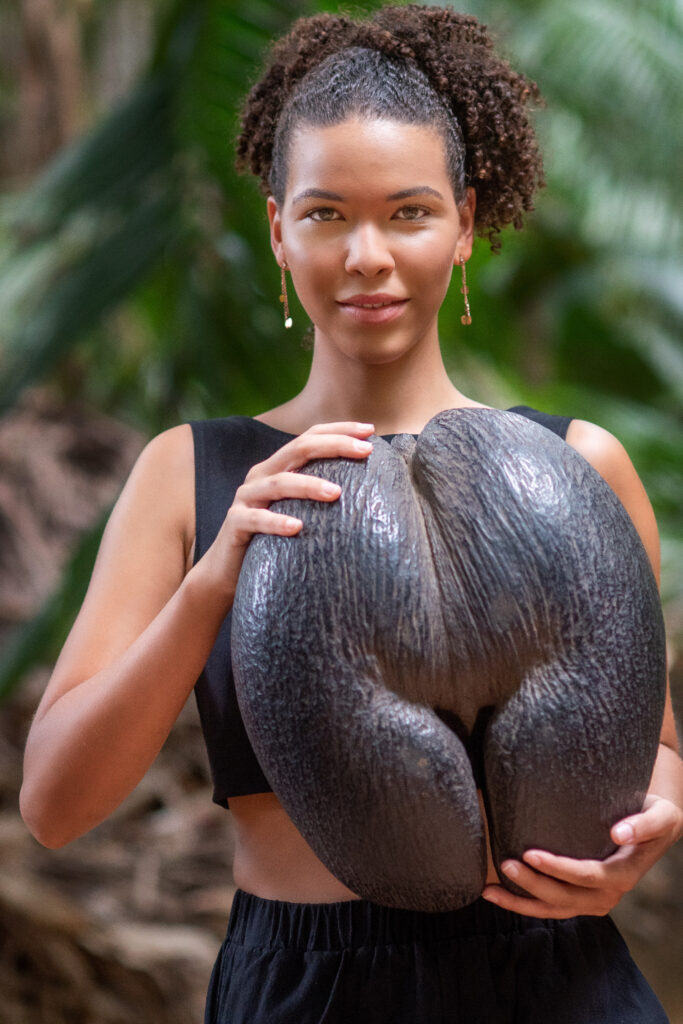
Chez Plume on the west coast of Mahé is an excellent French Creole seafood restaurant surrounded by beautiful tropical gardens. It offers a superb passion-fruit soufflé. The Anchor Cafe is a good place to catch the sunset and enjoy the catch of the day. The restaurant at the hilltop Le Jardin du Roi, set among spice plants and fruit and ornamental trees, has amazing cinnamon- and lemon-grass-flavoured ice cream. Mahé also offers tropical island nightlife in the form of lively bars and clubs.
Sustainable tourism
The Seychelles is one of the Small Island Developing States (SIDS) which have been encouraged by the United Nations to develop sustainable tourism. The Minister for Foreign Affairs and Tourism of the Seychelles, Sylvestre Radegonde, recently outlined how many players in the tourism sector are involved in a certification programme linked to climate change and mitigation adaption. To become Sustainable Seychelles certified, participants need to implement a variety of climate actions as part of their daily operations concerned with waste management, energy efficiency, water management, conservation and community involvement. The issuance of the first blue bond in 2018 by the government was designed to raise funds for marine conservation and sustainable fisheries. The funds raised have already facilitated the expansion of marine protected areas and sustainable tourism development.



